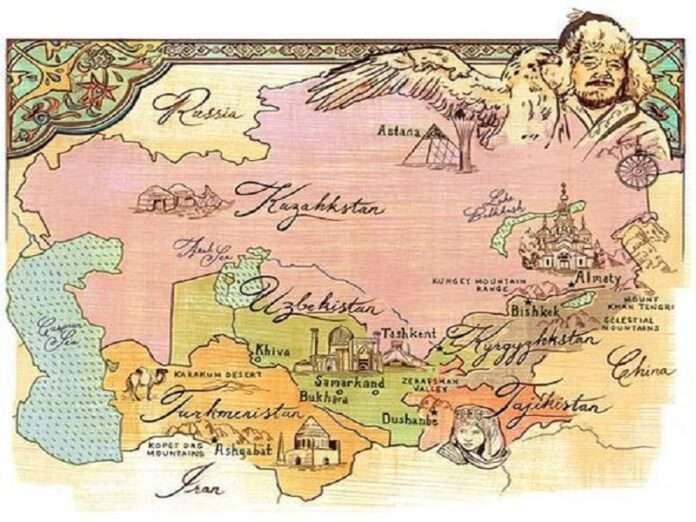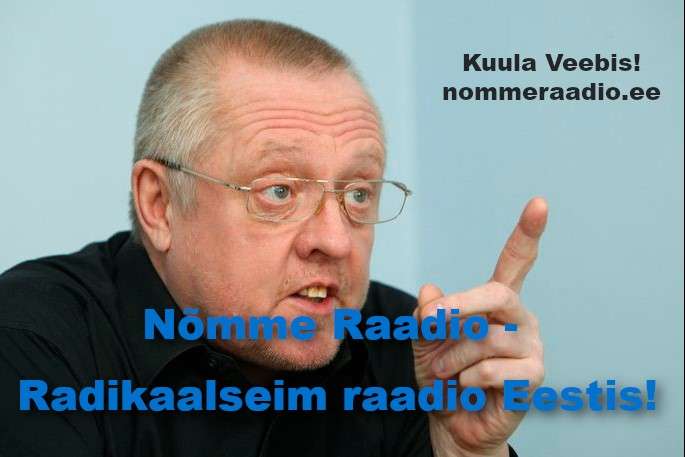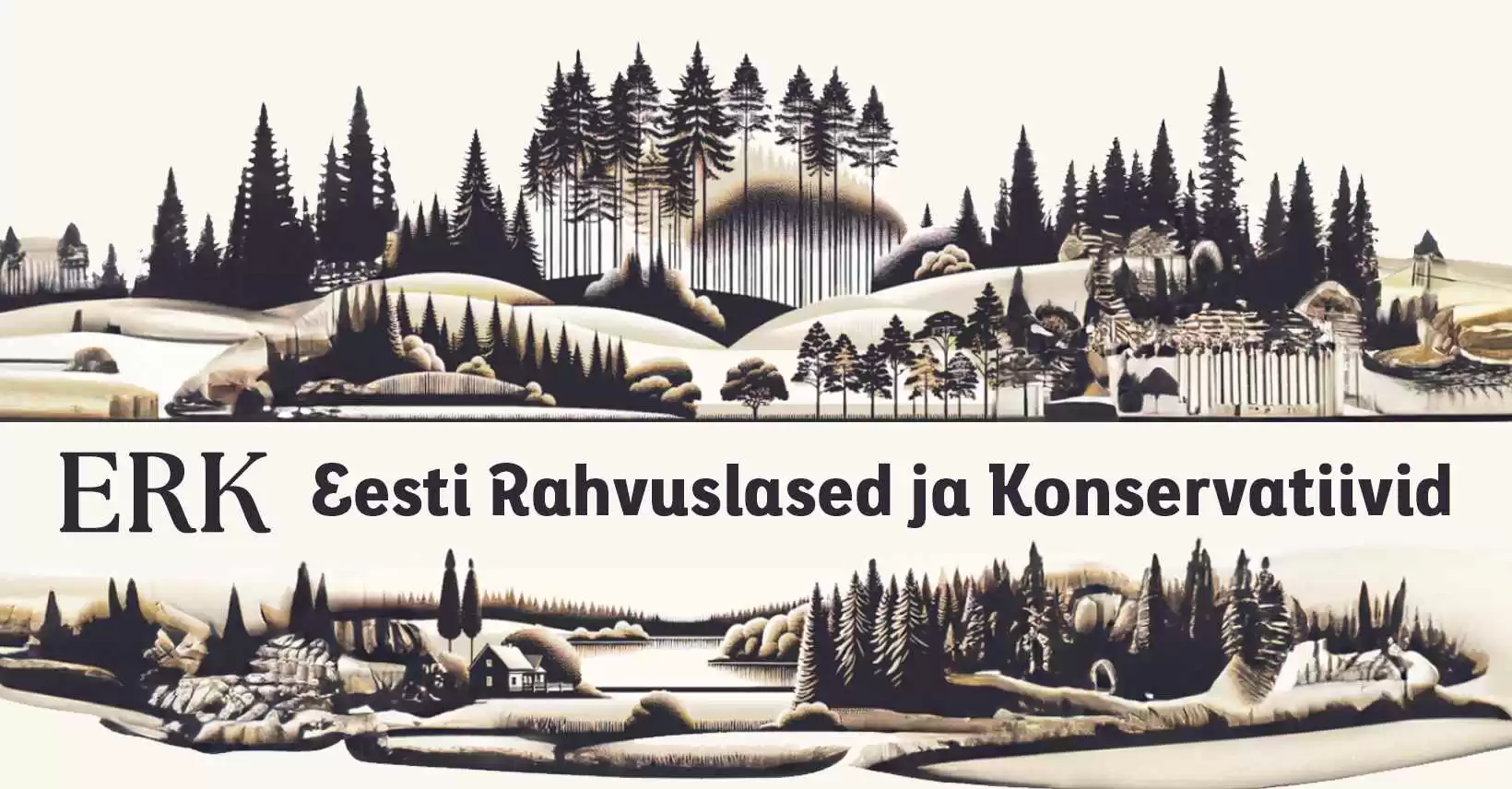Kazakh President Kassym-Jomart Tokayev shared an ambitious regionalization vision in his de facto manifesto earlier this month titled “The Renaissance of Central Asia: Towards Sustainable Development and Prosperity”. He began by emphasizing the five countries’ roles in the Great Silk Road and participation in a slew of multilateral formats. Then he wrote that it’s time for them to become “a separate regional actor in international relations, capable of becoming a new center of global gravity.”
This can be done through more comprehensive cooperation, particularly with regards to international logistics and regional security. The first refers to the Belt & Road Initiative, the North-South Transport Corridor (NSTC), and the Middle Corridor, while the second remains ambiguous, but it’s notable that he omitted mention of the CSTO while referencing the Organization of Turkic States (OTS) elsewhere in his manifesto. This hints that Kazakhstan will soon distance itself from Russia even more than it already has.
About that, it was explained last September that “Kazakhstan’s Pro-EU Pivot Poses A Challenge For The Sino-Russo Entente” since it creates space for their geopolitical rivals to expand their regional presence to those two’s detriment. Astana complies with Western sanctions, including in the financial sector, even though a Moscow-led CSTO intervention saved Tokayev from a Hybrid War coup in January 2022. This policy is much more important than Kazakhstan symbolically declining to condemn Russia at the UNGA.
Nevertheless, Tokayev also wrote that “One of the priority aspects of Kazakhstan’s foreign policy is the pursuit of balance. We always adhere to the principle of ‘Peace Above All’”, which shows that he’s justifying the aforesaid approach on the basis of geopolitical balancing and promoting peace. That’s his right, but proposing “to establish a regional security architecture” without noting that three of the five regional states are already CSTO members suggests that he envisages a non-Russian-led security order.
A purely intra-Central Asian one is unrealistic since Turkmenistan is a militarily neutral state per its constitution while lethal clashes broke out between CSTO members Kyrgyzstan and Tajikistan over their disputed border in September 2022. Unlike the other four countries, Tajikistan isn’t a Turkic nation, but a Persian-speaking Iranian one, which makes it a regional outlier. Of relevance, Iran built a drone factory in Tajikistan in early 2022, while Kyrgyzstan is a Turkish drone client.
Any worsening of Iranian-Turkish ties, which could follow the worsening of ties between Iran and Turkiye’s Azerbaijani ally, might therefore fuel tensions in Central Asia between their Tajik and Kyrgyz partners. Even though those two countries are under Russia’s CSTO mutual defense umbrella, Moscow might be unable to manage their externally exacerbated tensions if there’s another eruption of violence between them, which could speed up the decline of its regional influence.
Complicating matters even more is that Kyrgyzstan is a crucial logistics partner for Russia and is also in the US’ regime change crosshairs, while Tajikistan is indispensable for keeping Afghan-emanating terrorist threats at bay, so the Kremlin would struggle to choose sides if they clashed again. This insight shows that there are objective grounds for Tokayev to question the future of the region’s Russian-led security order, though it also shows that his vision of a purely intra-Central Asian one is unrealistic.
Any steps that he takes to further erode Russia’s regional influence would be to Turkiye’s benefit by default considering the impressive inroads that it’s achieved over the past few years through the OTS. This Turkish-led bloc openly aspires to enhance security cooperation between its members, which include Azerbaijan, Kazakhstan, Kyrgyzstan, and Uzbekistan while Hungary, the “Turkish Republic of Northern Cyprus”, and Turkmenistan are observers.
The Valdai Club’s Anna Machina published a timely piece earlier this month about the “Turkish Challenge in Central Asia”, which candidly touches upon Turkiye’s many competitive advantages there. Shared socio-cultural and historical roots play a major role in the OTS’ Central Asian members’ embrace of Turkiye, with this soft power basis leading to the creation of new influence networks – especially among the regional elite – that can hasten the decline of Russian influence there.
The Kremlin’s challenge is that that the region has begun to sour on the memory of their shared Soviet past after 1991 due to the embrace of nationalist narratives pushed by local activists and foreign-backed “NGOs”. The lingering legacy of their centrally planned economy, linguistic ties, and Russia’s open borders policy with Central Asia have kept relations pragmatic up until now, but everything is changing with the new generation, many of whom are attracted to Turkiye and ambivalent at best towards Russia.
These trends suggest that Russia’s previously dominant influence there might inevitably be replaced by Turkiye’s, whose sway is more sustainable due to socio-cultural and historical factors. The only other actor capable in theory of competing with Turkiye in this regard is Iran due to its civilizational legacy, but it doesn’t extend throughout all of the region and hasn’t left much of a linguistic mark. Moreover, its political-religious system isn’t popular in Central Asia, thus further weakening its soft power appeal.
Iran also doesn’t have any equivalent of the OTS, instead preferring to employ the SCO as the means for expanding its influence into Central Asia, albeit only at the state-to-state level. Economic ties can grow through the NSTC, however, with Iran facilitating India’s trade with the region and then finding opportunities to increase its own with them too. This could lead to the creation of new influence networks at the lower level, but they’re unlikely to reach the elite one that Turkiye is actively cultivating.
Even so, trilateral Russian-Iranian-Indian cooperation could gently balance Turkiye’s rapidly expanding influence in all Central Asian spheres and countries (including Tajikistan even though Kyrgyzstan is much more important for Ankara), with each playing a complementary role in this respect. Russia’s security influence is unlikely to fade anytime soon, Iran is a fellow Muslim country with deep civilizational connections to the region, while India is a rising economic superpower.
If properly coordinated, then they could do their part in ensuring that Turkiye doesn’t become the dominant player in Central Asia, which aligns with Tokayev’s explicitly stated “pursuit of balance”. Circling back to his manifesto, there’s nothing therein that impedes this proposal, so the first step is for Russia to seriously explore the possibility of working in tandem with fellow NSTC partners Iran and India to this end. This could initially occur via informal diplomatic probing as well as Track 1.5 and II dialogues.
While some Russian policymakers might insist that their country can weather the “Turkish challenge in Central Asia” on its own, the objectively existing trends show that continuing to “go it alone” actually risk accelerating the decline of its regional influence. Candidly speaking, it’s long-overdue for Russia to accept that Turkiye has many more competitive advantages and accordingly partner with those like Iran and India that can help it compensate for this to a degree, all with a view towards balancing the region.
So long as Tokayev’s ambitious regionalization vision is well-intentioned and not a cover for distancing Kazakhstan from Russian even more than it already has, perhaps at the West’s behest, then the gist of his proposals could facilitate the transition to a new non-Russian-led order that isn’t Turkish-dominated. He’s basically calling for more comprehensive integration in order to improve the region’s collective negotiating position vis-à-vis major powers, which is sensible and pragmatic.
After all, the asymmetry between each of these five countries and Russia, China, Turkiye, Iran, and India is self-evident, but one day negotiating with them as a group on whatever it may be could result in better deals. This could come about if Central Asia created its own ASEAN-like organization, though the obstacle is that Kazakhstan and Kyrgyzstan are part of the Russian-led Eurasian Economic Union (EAEU), so they’re obligated to adhere to previously agreed-upon tariffs and everything else that membership entails.
That’s not an insurmountable problem and could actually help retain the economic dimension of Russian influence in the region by creating a compatible regional trade bloc that in essence expands these same Russian-led agreed-upon standards to Tajikistan, Uzbekistan, and possibly also Turkmenistan. Likewise, the EAEU’s new free trade deal with Iran also involves the bloc’s two Central Asian members, as would any future one with India. These can suffice for keeping a check on Turkish economic influence there.
Considering this, while Tokayev’s vision is unrealistic in some respects as regards his vague security proposal that might understandably be seen with suspicion by some in Moscow, the overall spirit is sound since his manifesto is meant to help the region adapt to the ongoing global systemic transition. For that to happen most effectively, Russia must finally realize that it needs to work closer with Iran and India in Central Asia, which the formidable “Turkish challenge” there might finally incentivize it to do.







